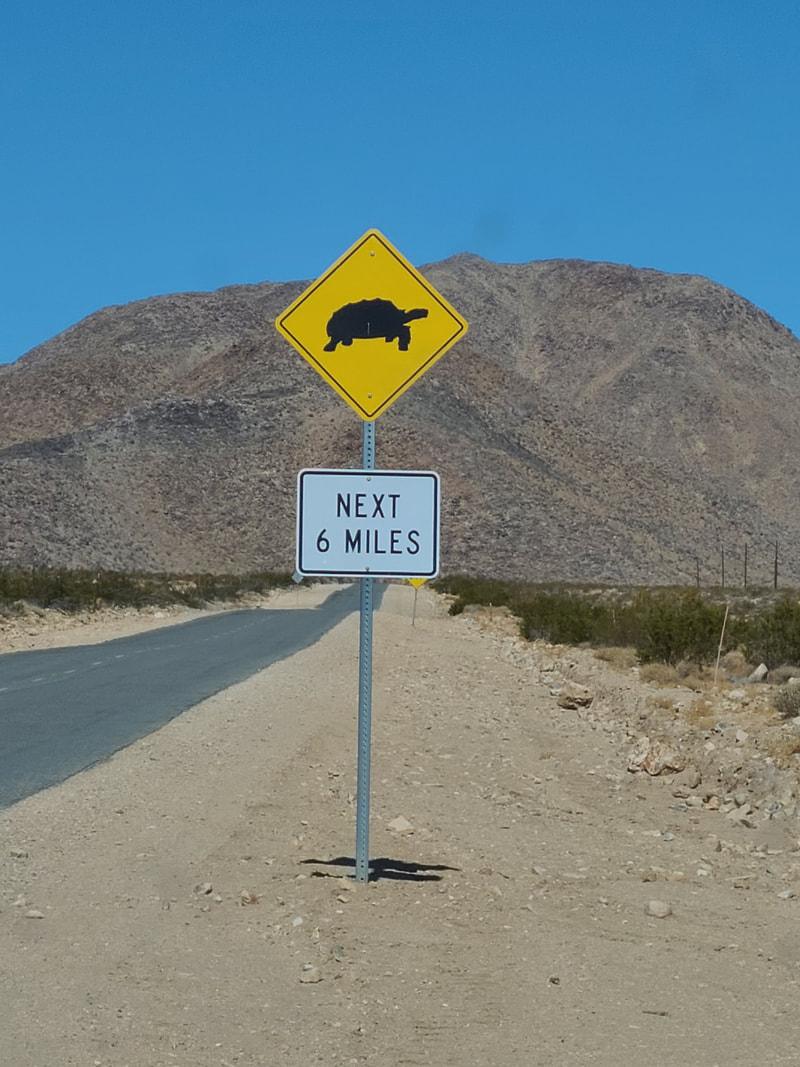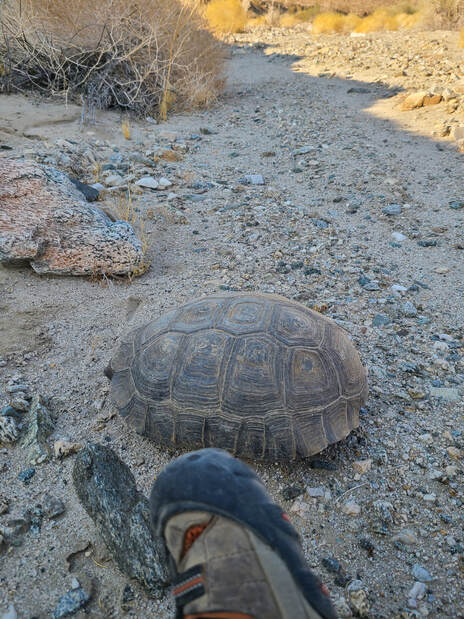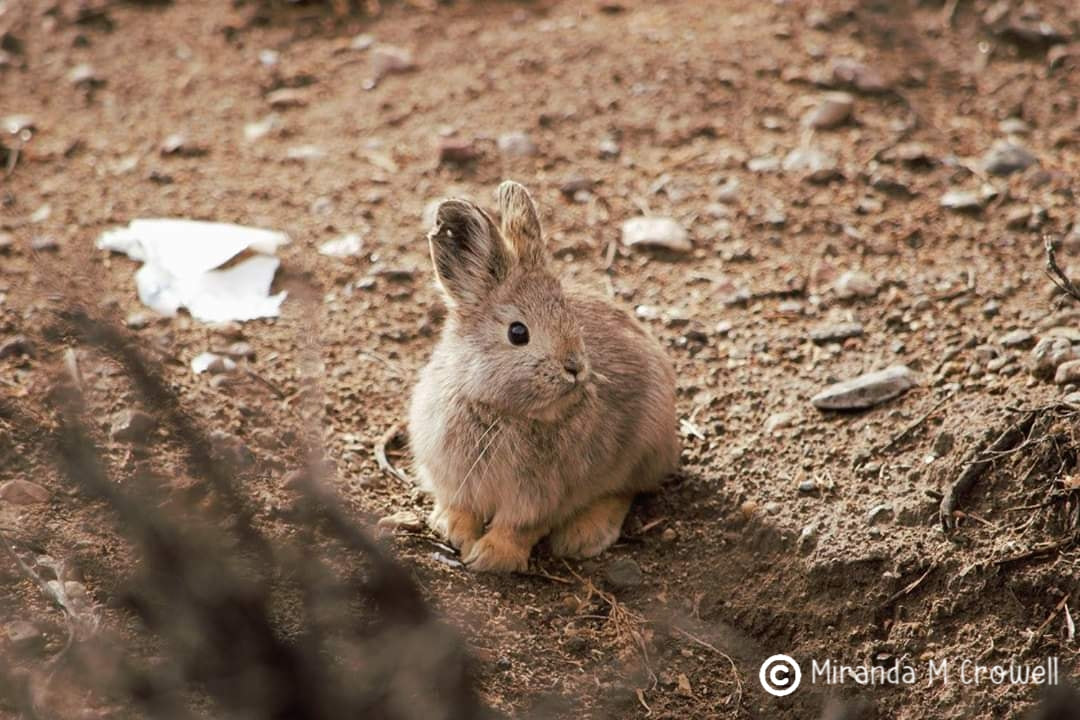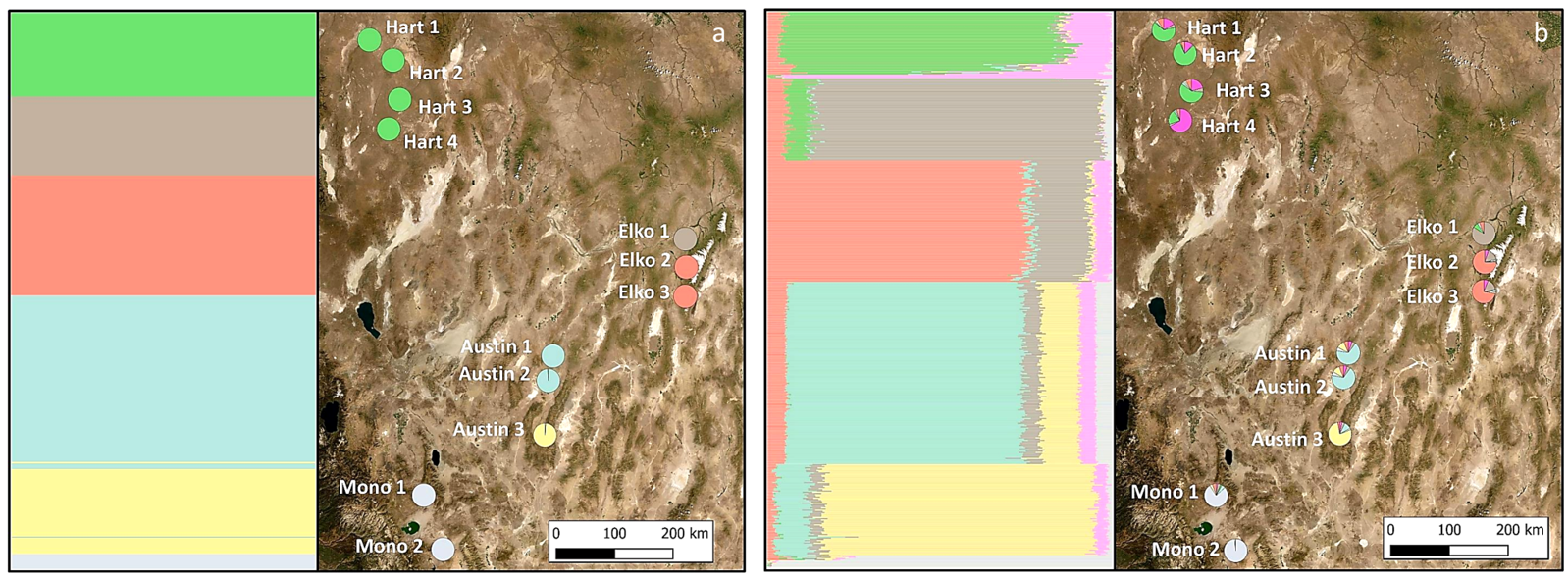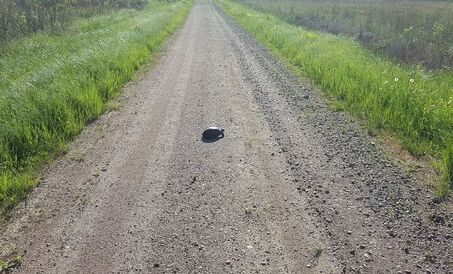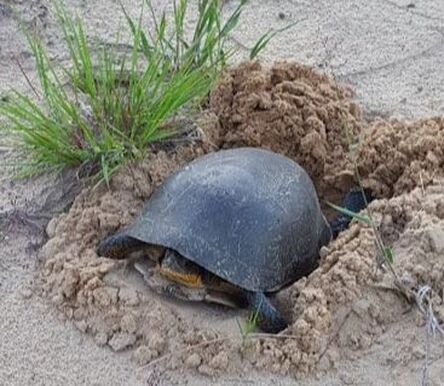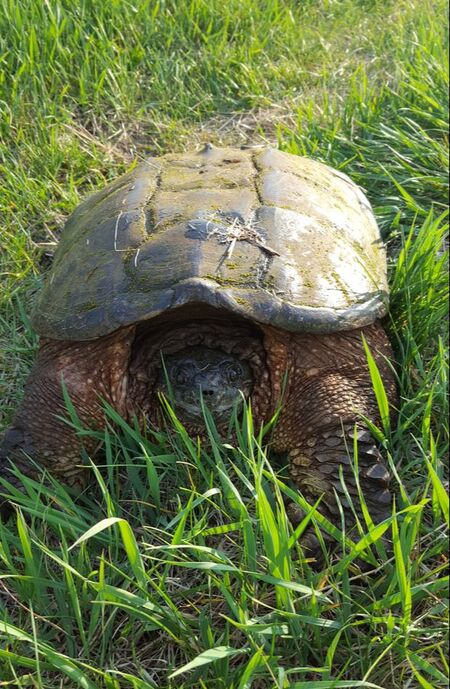Desert Tortoise habitat modelling and landscape genomics: slow and steady in a changing world
I am currently part of a diverse and talented team of researchers from the University of Nevada - Reno and United States Geological Survey investigating the impacts of environmental change on the Mojave desert tortoise (Gopherus agassizii), with funding from the Strategic Environmental Research and Development Program (SERDP). This project incorporates novel approaches for modelling habitat suitability, next-generation sequencing, demographic and genetic simulations, and climate and land use change projections to better understand how climate and land use change will affect the distribution, demographic, genetics, and overall viability of this species in the Mojave desert.
Pygmy rabbit biogeography and landscape genomics: signatures of toxin tolerance in a sagebrush obligate
Figure descriptions: above, a pygmy rabbit (photo courtesy of Miranda Crowell); below, admixture proportions (bars) and spatial distribution of primary genetic clusters using Discriminant Analysis of Principal Components (left) and tess3 (right) in the southern Great Basin.
I have been fortunate enough to work with Marjorie D. Matocq, Miranda M. Crowell, Matthew D. Holding, Kevin T. Shoemaker, and Thomas E. Dilts on a variety of projects related to conservation of the pygmy rabbit (Brachylagus idahoensis). This Great Basin native lagomorph is sagebrush-obligate; thus, its distribution through time has declined as sagebrush distribution has declined as well. Using long-term field sampling datasets and next-generation sequencing technologies, we have thus far explored the biogeography, landscape genetics, and adaptive potential of this species in the southern Great Basin. At present, I am also working on projects investigating: a) dispersal and kinship patterns for this species, and b) the implications of sagebrush reliance on physiological and genomic signatures of toxin tolerance.
This work was part of the NSF-GUTT-C project and funded in part by the U.S. Fish and Wildlife Service, Nevada Department of Wildlife, Greater Hart Sheldon Fund, the Great Basin Landscape Conservation Cooperative, and the National Science Foundation.
This work was part of the NSF-GUTT-C project and funded in part by the U.S. Fish and Wildlife Service, Nevada Department of Wildlife, Greater Hart Sheldon Fund, the Great Basin Landscape Conservation Cooperative, and the National Science Foundation.
Climate change and midwestern freshwater turtles: harnessing demographic and genetic tools
My dissertation research at the University of Wisconsin - Madison focused on the effects of climate and land use change on the behavior, demography, and genetics of freshwater turtles native to the American Midwest; my completed dissertation can be found here. This work culminated in a variety of publications related to: nesting behavior and natural history of the Blanding's turtle (Emydoidea blandingii), the impacts of future land use and climate change on metapopulation viability for the Blanding's turtle, and statistical tools for evaluating continuous-time changes in nest mortality risk. I am continuing to use these Wisconsin turtle systems to explore: a) how landscape features affect the likelihood of natal philopatry and nest site fidelity using individual-based modelling tools, and b) how road mortality risk is affected by land cover characteristics across scales.
